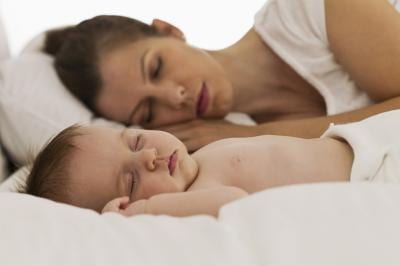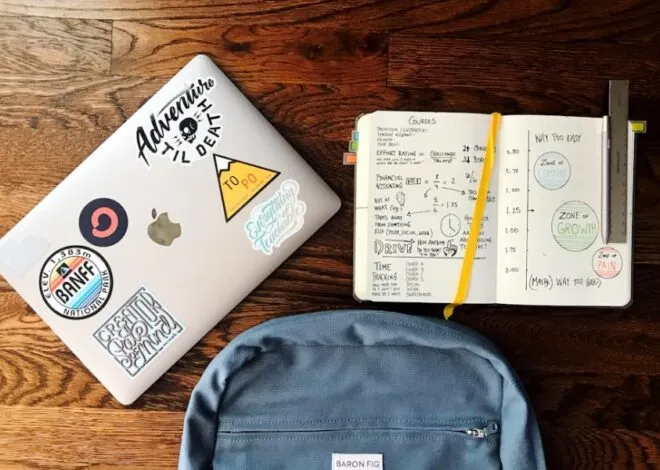There has been much debate in the past years about how babies should sleep. While it is ultimately your choice of how and where your baby sleeps, many professional associations, such as the National Institute of Child Health and Human Development, and March of Dimes, recommend a specific position and certain conditions that are safest for your baby during sleep times. Following these current guidelines for sleep reduces your baby’s chance of Sudden Infant Death Syndrome (SIDS), the leading cause of infant death between 1 month and 1 year old.
Back to Sleep
The March of Dimes stresses the importance of putting your baby on his back to sleep during naps and nighttime. While the cause of SIDS is still unknown, fewer babies die of SIDS when they sleep on their backs. Babies who are sometimes put to sleep on their tummies are at a much higher risk of SIDS.
Firm Sleep Surface
Always put your baby to sleep on a firm sleep surface, such as on a firm crib or bassinet mattress. Placing your baby on a soft mattress, pillows or any other soft material can be a suffocation hazard. Softer material has also been linked to an increased risk of SIDS.
Remove All Hazards
When your baby sleeps, she should not be surrounded by stuffed animals, soft toys, pillows or blankets. All these things could be potential suffocating hazards if she rolls over on them or pulls them over her face. It is OK for her to play with her soft stuffed animals and toys while she is awake, but remove them before laying her down to sleep.
Personal Sleeping Space
While some people choose to sleep with their babies in the same bed, it is not recommended. Your baby needs his personal sleeping space that is comfortable and safe. The March of Dimes says that about half of SIDS deaths occur when the baby is sharing a bed, sofa or sofa chair with another person. Sleeping with your baby in the same room is encouraged. You can use a bassinet or a co-sleeper near your bed for quick access for those midnight feedings.
Use a Pacifier
Some studies have suggested that using a clean pacifier at night can prevent SIDS. If you are breastfeeding, you should wait until your baby has established a good breastfeeding pattern before introducing a pacifier.
Say No to Smoke
Smoking around your baby, or even in the same house has been shown to increase the risk of SIDS. To minimize the risk, don’t smoke around your baby or allow anyone to smoke in the house. Also, keep your baby out of places that may contain lots of smoke, such as other houses or crowds.





